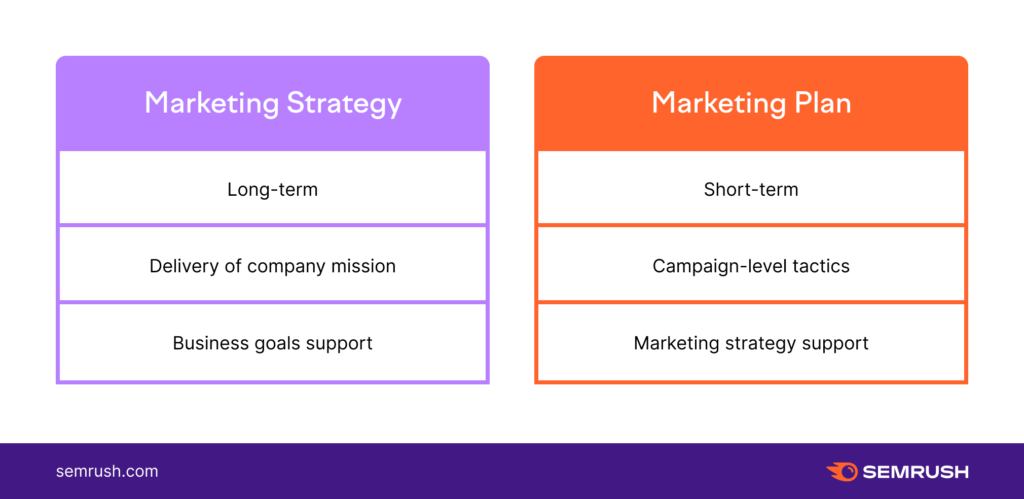Marketing and Content Strategy Budgets

Marketing and Content Strategy
Why you need a marketing budget
Developing a marketing budget not only provides structure and organization to your overall marketing strategy, but it also serves various crucial purposes. Firstly, it helps you prioritize which projects to invest in by allocating funds accordingly. This ensures that the most important and impactful initiatives receive adequate resources for successful implementation.
Additionally, having a well-defined budget allows you to earmark funds specifically for software license purchases, enabling your team to leverage advanced tools and technologies that can enhance efficiency and effectiveness. Furthermore, comparing year-over-year progress becomes significantly easier when you have a comprehensive understanding of how much was allocated each year across different projects. This analysis enables you to identify trends, patterns, successes, or areas where adjustments might be needed moving forward.
Finally, calculating the return on investment (ROI) from your marketing endeavors becomes possible with a well-planned budget in place. Being able to determine the effectiveness and profitability of various activities gives valuable insights into resource allocation decisions going forward while ensuring accountability within the team.
Marketing strategies vs. marketing plans
While marketing strategies and marketing plans both play a crucial part in your business’s success, it is imperative to understand the significant distinctions between them. The main differentiating factor lies in their respective time horizons: a marketing strategy encompasses long-term intentions, whereas a marketing plan primarily addresses short-term goals.
Think of the strategy as the overarching framework that guides all your marketing efforts towards achieving specific objectives and fulfilling your brand vision. It involves carefully analyzing market trends, identifying target audiences, establishing competitive advantages, and determining key messaging themes that resonate with customers over an extended period.
On the other hand, a marketing plan focuses on tactical implementation within a defined timeframe—typically ranging from three months to one year—and acts as a detailed roadmap for executing strategic initiatives effectively. This includes delineating specific campaigns or promotions, allocating budgets across various channels like advertising or social media platforms while ensuring seamless coordination among different teams involved. By recognizing these contrasting yet complementary aspects of nullmarketing strategies and plansnull , businesses can strike an optimal balance between long-term visioning and short-term execution for sustainable growth.
Basic marketing channels include:
- Web sites
- SEO projects
- Content marketing (pillars, keyword focus)
- Advertising (billboards, SEM, TV, radio, etc.)
- Public relations
- Social media marketing (SMM)
- Affiliate marketing
- Email campaign
- Text/SMS campaign
Marketing budget as a percentage of revenue and by industry
In 2021, marketing budgets as a percentage of gross company revenue were as high as 13%, but in 2022, marketing budgets declined to 8.6%. The decrease can be attributed to a how companies were preparing for 2023 and 2024. 2024 is showing that companies are having more faith in long-term solutions such as SEO and content marketing. They see the benefits of a plan that is authentic and rich in experiences. Generally speaking, in a marketing study, marketing budgets for 2024 could increase based on 42% of the respondents, while 32% are decreasing their budget.
In terms of overall trends, it’s interesting to note that for the years 2022-2023, marketing budgets have increased as a percentage of company revenue compared This suggests that businesses are recognizing the importance and value of investing more heavily in their marketing efforts and are planning the same changes for 2024.
After two years where digital spending dominated nearly 70% of marketingbudgets, the allocation of spending between digital and offline channels has now shifted towards a more equitable split. This shift can be attributed to people becoming more engaged with events and seeking more personal interactions post-pandemic. More than half (50%) of digital spending is being allocated to paid channels such as social media and advertising on search engines.
Marketing Budgets by Industry
Banking, Finance,Insurance, and Real Estate 9%
Communications media 12%
Consumer packaged goods 8.5%
Consumer services 6%
Healthcare 18%
Manufacturing 13%
Retail wholesale 14%
Service consulting 21%
Technology 21%
Transportation 8%
As a marketer, it’s important you use these percentages as benchmarks, especially for industries allocating low marketing budgets. It could also mean this is an arena where you and your team can shine following strategies that are effective.
Content marketing strategy
Content marketing is an innovative and dynamic marketing strategy employed by businesses to captivate, involve, and sustain their target audience. By generating and disseminating pertinent articles, captivating videos, insightful podcasts, and various other forms of media content, companies effectively establish themselves as authorities in their respective industries. This approach not only fosters brand awareness but also ensures that null customers keep the business at the forefront of their minds when they are ready to make a purchase.
Through content marketing’s multifaceted nature, businesses can not only attract potential customers but also nurture existing relationships with current patrons. This strategy enables brands to consistently deliver valuable information and engage with consumers on a deeper level while simultaneously building trust and loyalty within the market landscape. Content marketing thus serves as a powerful tool for organizations seeking sustainable growth and long-term success in today’s highly competitive commercial sphere.
On average, small businesses paid between $467 – 5,024 per month for Search Engine Optimization activities. Companies in general reported these statistics:
- 47% research their audience
- 46% perform search engine optimization (SEO)
- 45% are publishing more content and publishing more frequently
- 44% said improving the quality and value of their content has led to success
- 42% said updating existing content has boosted their content marketing value
- 41% said analyzing their competitors influenced the success of their strategy
- 40% said creating more visual, and video content improved their content marketing
In addition to these necessary content marketing components, respondents had a lot to say about which tactics boost content ranking the most:
- 55% create more content and post more frequently
- 53% are focusing on improving the quality of their content
- 37% are prioritizing research-driven content
- 36% said they are improving their technical SEO
Tips for using your budget wisely
1. Customer journey must always the focus
2. Marketing agencies can help
3. Support and get and inhouse team
4. Repurpose and update content
5. Evaluate underperforming channels
6. Re-evaluate your strategy regularly
Information in this post was derived through research in blogs and resources from SEMRush, Hubspot, WebStrategies, Google, and BrightEdge
Related: Small Business Solutions, WordPress Web Site Developer, eCommerce Web Site Company,
Similar: Digital Marketing Agency, iPhone App Developer, Mobile Application Company

